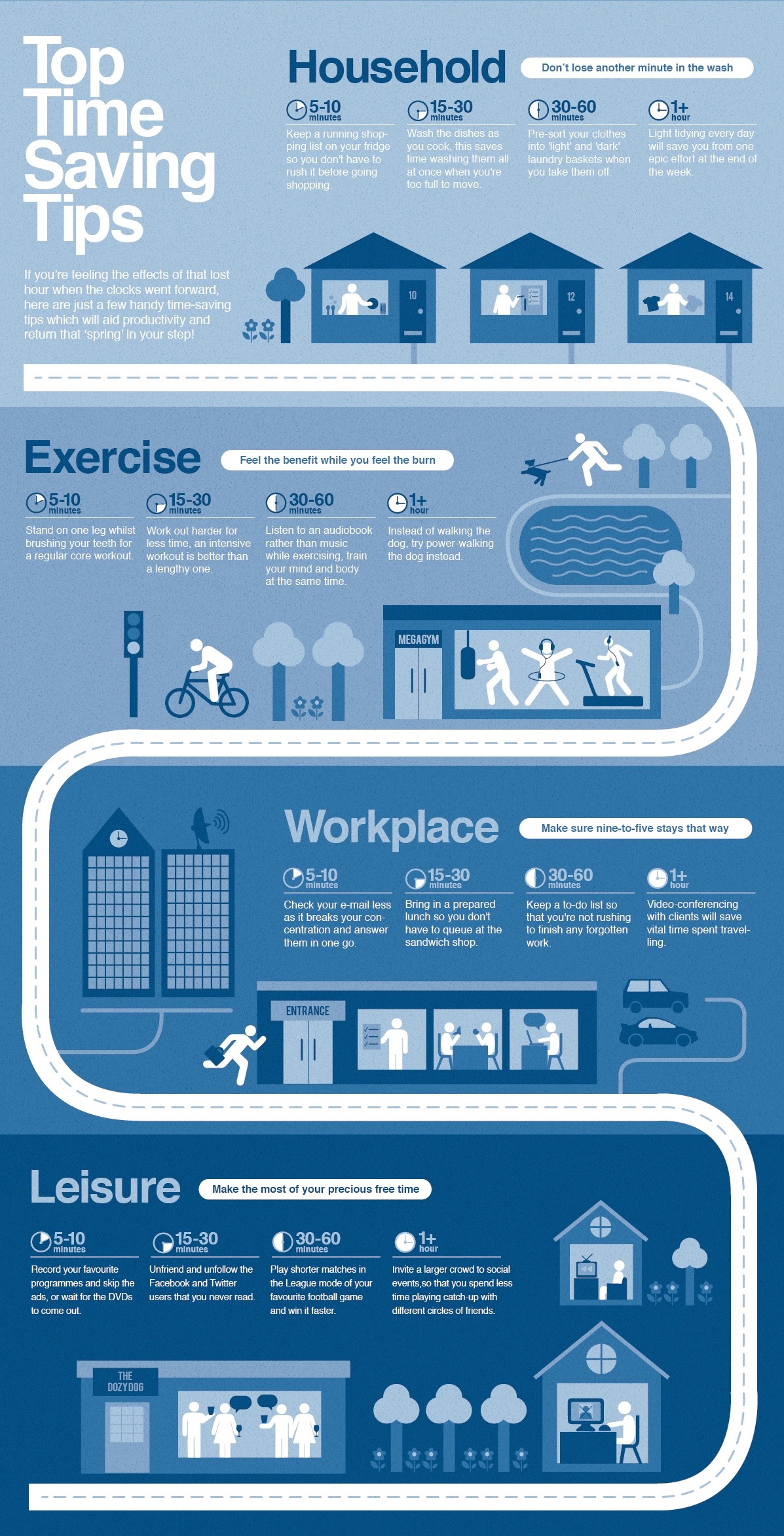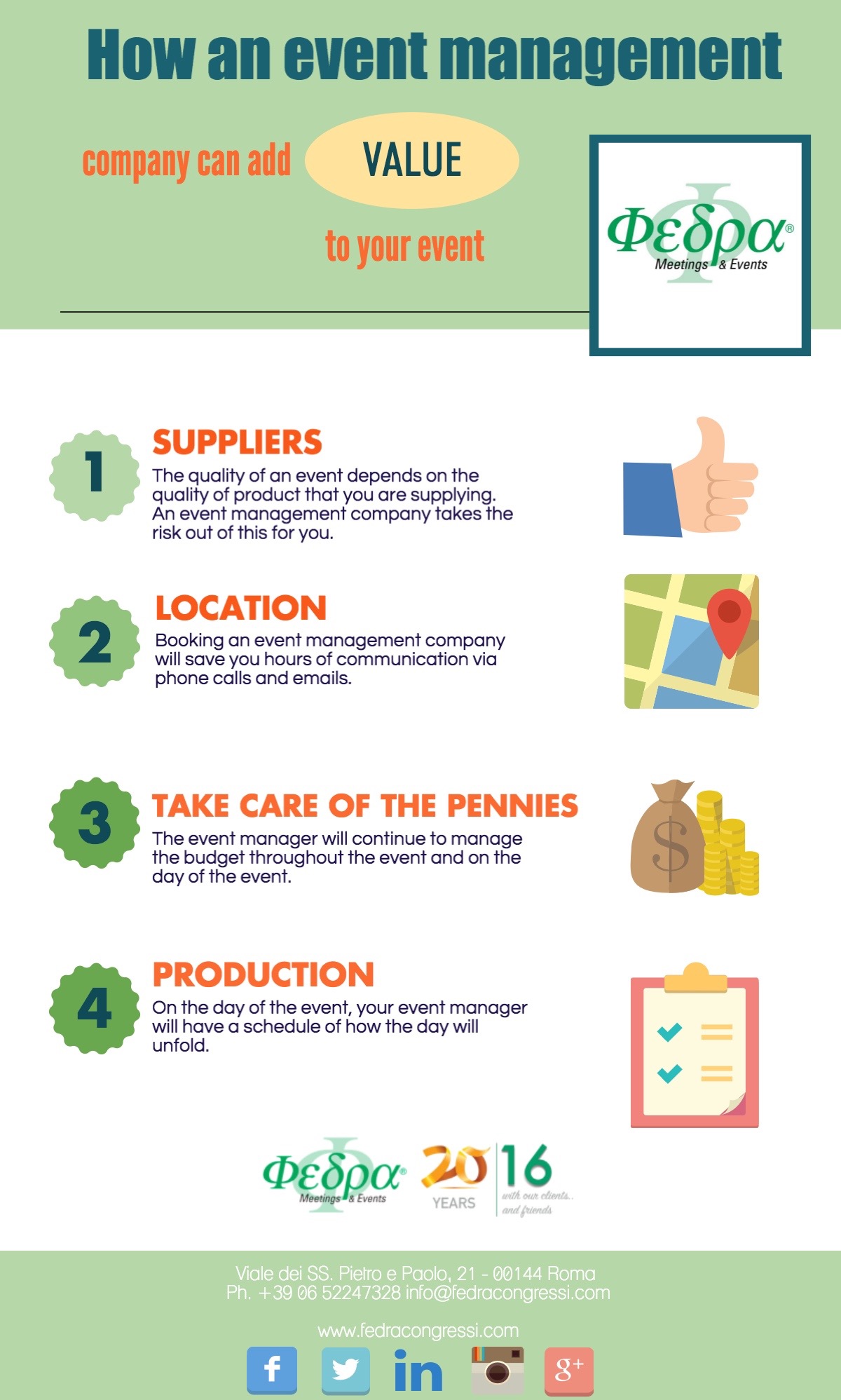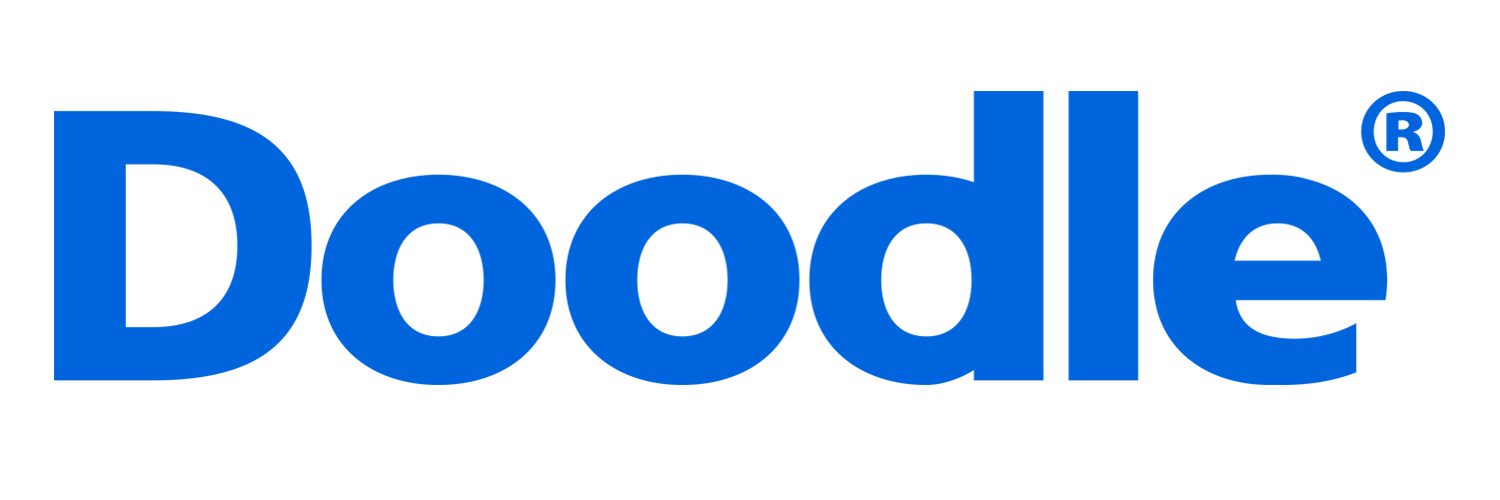If you are feeling the effect of that lost hour when the clocks went forward, here are just a few handy time-saving tips which will aid productivity and return that “spring” in your step:
Tag: meeting

3 Ideas for Spring Events
The trend of open-air party started in northern Europe, where it is impossible to spend a day outdoors in the winter months and as a result, the arrival of spring sees every city park transformed into a place of meeting and entertainment.
Not only public and private parties, but also corporate events, brand presentations and inaugurations began to populate the green spaces of our cities.
Here are three creative ideas for an unforgettable outdoor event.
Colour: do not be afraid to dare
Even if your event has a high profile, a park or a garden represent the right environment for experimenting with unusual arrangements that would be out of place in a reception room. Not only for the floral decorations, therefore, but also for the furniture and the accessories you can be daring with colour choices and materials.
An original and surprising combination will help create the right atmosphere to make your corporate event memorable.
Catering: Local is better
If you choose to implement your events in an environmentally friendly way, you probably selected a caterer at zero kilometres. An open-air event is the perfect opportunity to make it clear that choice in shape, as well as in substance.
If your goal is to provide wholesome dishes, save and stimulate the economy in the area, certainly there will be targeted at small local producers.
Instead of the usual buffet, you could arrange your catering as one of the many food markets held on weekends, with typical products to taste offered directly from producer to consumer.
Open-air and vintage: a perfect match
Theme parties, you know, never fail to impress people imagination.
Depending on your budget, you can choose the most extravagant solutions, how to set the areas for meals in the form of old-style rides, or to suggest the topic in a more nuanced way, by hiring one of the many carts of ice cream or popcorn that still today maintain the typical design of American movies of the fifties.
Of course, each event has its own requirements and its features and represents a new challenge for the organizer’s creativity. From entertainment music promotion, by fittings to the selection of staff, the secret of success lies in consistency.
If every single detail communicates exactly the message you have in mind, you are definitely on the right track.
![How An Event Management Company Can Add Value To Your Event [infographic]](https://www.fedracongressi.com/fedra/wp-content/themes/avant/images/blank_blocks_img.png)
How An Event Management Company Can Add Value To Your Event [infographic]
Event management companies can help you organize a number of different special events that your organization may be interested in hosting.
Ceremonies, celebrations, product launches and product presentations, workshops, company inaugurations, conferences and events where you invite the public.
You can ask us to help you set up special meetings that your employees and/or business partners may need to attend.
We can also assist in setting up trade congresses to publicize your line of work and any products or services that go with your company profile.
Here is why we can add value to your event:

How do you choose the date of an event?
This article will explain how you choose the date of an event in minutes using common sense and new technologies.
When organizing an event, one of the most delicate step is choosing the date that will be held.
BASIC TIPS
When you are organizing the event, you think that your meeting will be very important. Unfortunately, the guests do not always think the same way. For them, your event is one of many who are invited.
So to avoid standing alone in the meeting room, you should choose the date after you’ve made 3 simple questions.
On what day of the week you want to organize your meeting?
While it is a professional meeting, it is best not to propose it on Sunday.
People that day want to dedicate themselves to the family and their hobbies. On the other side, the association meetings are held almost obligatory on Saturdays and Sundays.
During the week, most people do not have the opportunity to participate because of the work.
In which period of the year?
There are some months when people are more engaged. Of course you have to understand what are based on the target to which you refer. If you work with the lifeguards, for example,
avoid to involve them in the period of August because it probably will all guard the beaches. If you organize the union meeting of Santas, keep her in December otherwise nobody will come!
Is there any other event in that period?
It seems obvious, but many people organize their meetings in conjunction of events almost identical a few kilometres away! You avoid making this mistake. Rather than compete with other events within your industry and risk losing, be smart and organize them in another period!
Now that we have dusted off these common sense tips, you’re ready to know the solution of all problems related to the choice of the date of an event.
SERVICES NETWORK
Yes, Internet has arrived in the meeting planning industry and offers tools to choose the date of an event:
Time Bridge
The first step to use the service is to connect through your Google account; it is recommended you sync the app with your Google Calendar and to begin to choose the date for the event Just click on the link that says Schedule a meeting.
You will see a calendar where you will need to highlight the dates you want to propose to your meeting. You can choose different time dimensions.
The app is so detailed that you can even decide the exact hour of the day to be committed in the event.
This makes Time Bridge a valuable service for organizing business meetings.
So with this simple service with the participants you can choose the date and time of a meeting from a maximum of five alternatives.
Now invite the participants, who are not obliged to subscribe to the service. They can access freely, just send them an email invitation by filling in a standardized form.
When your guests decide a date among those proposed by you, this will be confirmed by email and will give the opportunity to all participants to put it comfortably in their digital calendars like Google Calendar, Apple iCal or Outlook.
Doodle
As Time Bridge, its purpose is to find a common date to organize an event.
The operation is really easy, as well as the inscription. The organizer can subscribe to the service through social networks, for example with your Facebook profile.
At this point, simply click on an event button program and the procedure will be led.
You must fill out a form with the event name, description and personal data.
You will see a digital calendar where you have to select a different date or date range of eligible candidates for the event.
At this point follow the wizard to obtain a link to share with aspiring participants.
In fact there are no limits in the number of dates to choose from, so it’s a perfect solution for those of you arrange a meeting with ideas very confused. The results of the vote will be automatically displayed in a calendar to guide the operator to have a democratic choice of the date.
The software is also online in Italian and it’s free. The only price to pay is a bit of advertising. For those who want more there are also paid versions without advertising and with additional features.
![5 Tips on better Brainstorming [infographic]](https://www.fedracongressi.com/fedra/wp-content/themes/avant/images/blank_blocks_img.png)








